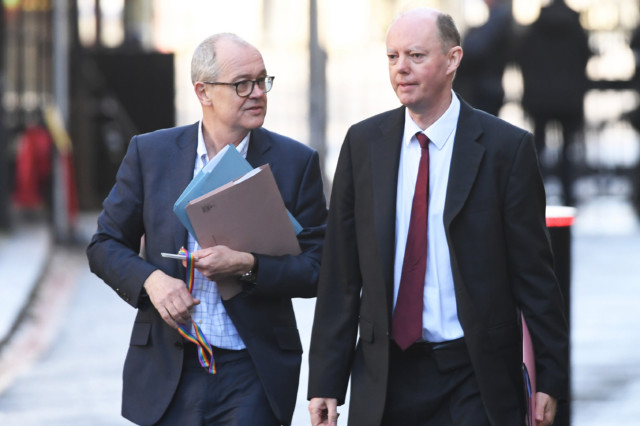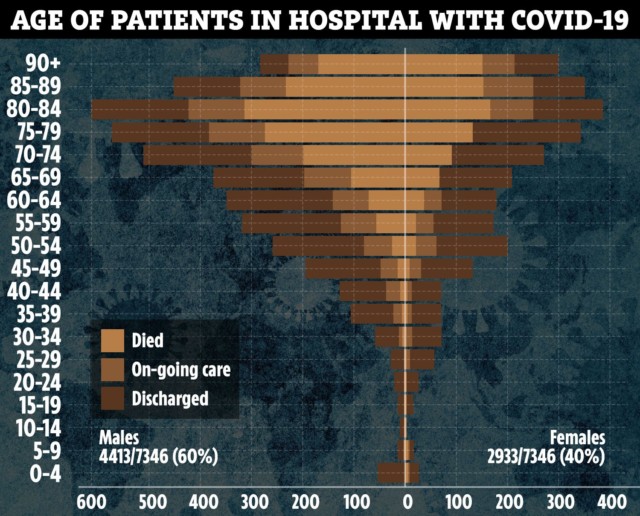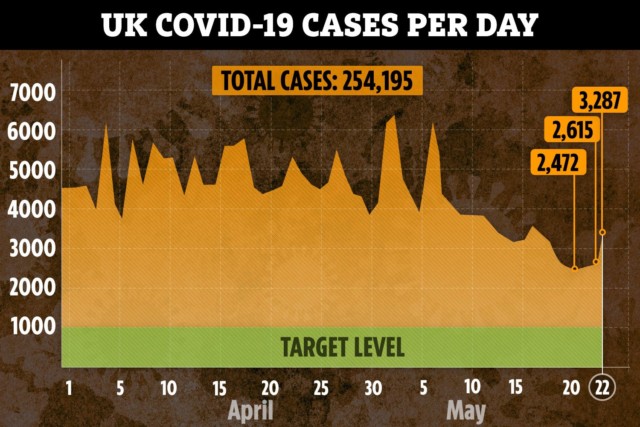THE lockdown is scarring children for life, scientists warned yesterday.
Kids are undergoing a “shock” that will last into adulthood.
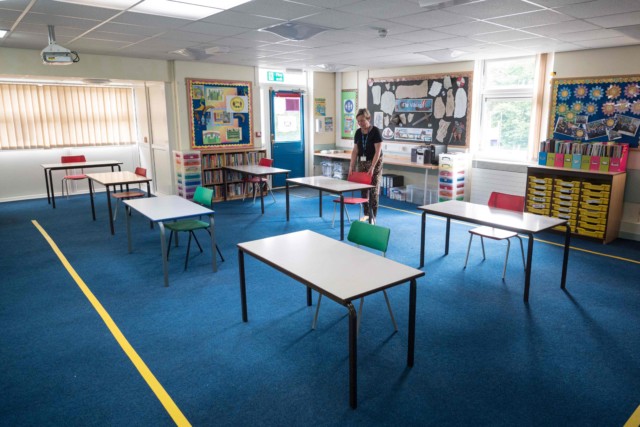
And unless they get back into the classroom soon they will have LESS chance to socialise with pals and LESS hope of getting opportunities in future.
Yet hardline unions are fighting plans for a phased return for primary schools from June 1 — despite children being LESS likely to catch the coronavirus.
On top of that, safeguards would include classes being halved in size to just 15 pupils.
Schools would be carefully cleaned and children placed in protective “bubbles” preventing them mixing with kids or staff in other groups.
Breaks and lunches would be staggered and classes held outside wherever possible.
If all went well, every primary pupil could return by June 22 to squeeze in a full month before the summer holidays.
A report published yesterday by the Government’s Sage scientific advisory group detailed the cost the shutdown was already having.
It warned: “A cohort of children has experienced a shock to their education which will persist and affect their educational and work outcomes for the rest of their lives. Similarly, the current lockdown may lead to an increase in adverse childhood experiences — for example, domestic violence, poor parental mental health, child neglect or abuse.”
These are all “associated with worse long-term health outcomes, and will likely exacerbate existing societal inequalities”. And they added the impact on “educational attainment, health outcomes” and social inequality is “critical”.
But the documents also said the risk to children of reopening schools was “very low”.
One study they considered found that children are 55 per cent less likely to catch the virus.
The scientists stressed: “Evidence remains inconclusive on both the susceptibility and infectivity of children, but the balance of evidence suggests that both may be lower than in adults.” Chief Scientific Adviser Sir Patrick Vallance told yesterday’s Downing Street press conference: “The risks to children of this disease are much lower. We know that — they are at very low risk.
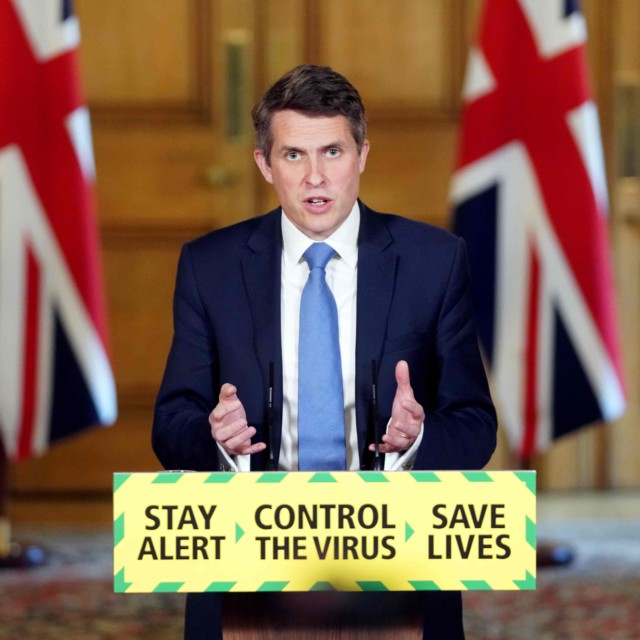
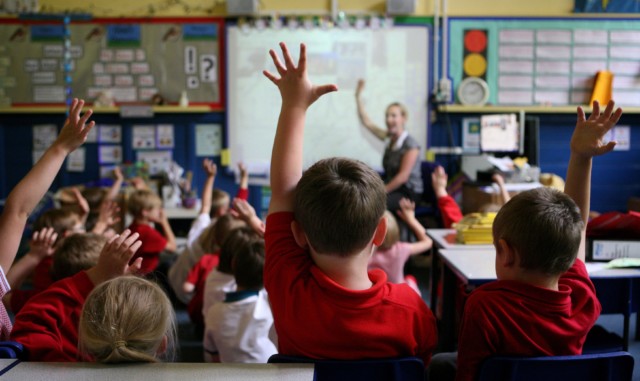
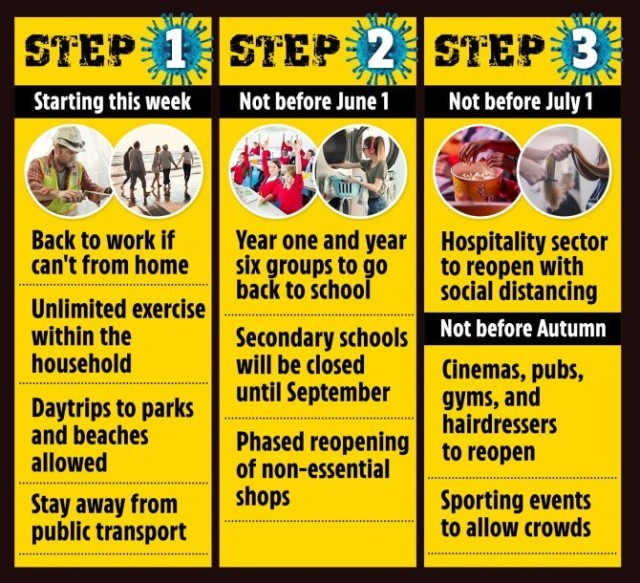
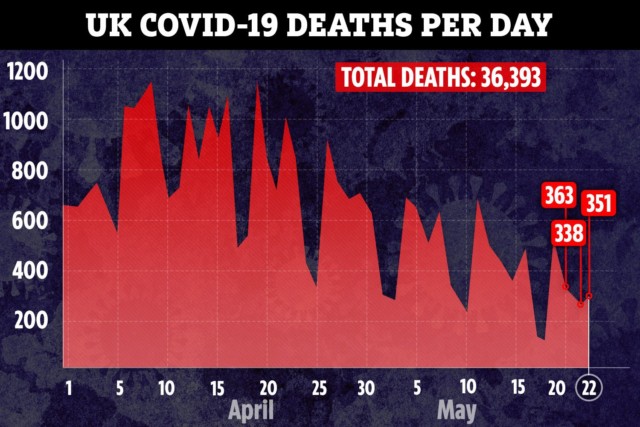
“Not zero risk — and there have been some serious cases in children of course — but very few compared to adults and older age groups.”
Ministers want schools to reopen for reception, Year 1s and Year 6 on June 1, with the rest of primary pupils and Year 10s and Year 12s returning gradually afterwards.
Sage believes an “effective test, trace and isolate system” to battle Covid-19 should be in place before schools reopen. PM Boris Johnson has pledged to get one up and running by the time kids return in little more than a week.
A source close to the deliberations said heading back to class should be no riskier for kids than venturing outside.
They added: “The risk is very low. It’s not zero, but that remains true for every activity outside the house where you might come into contact with people.”
They said teachers would be at no higher risk than millions of other key workers.
Sage modelled a string of plans to reopen schools, from ordering all kids back to class, to limiting it to certain year groups.
The Government’s plan to limit class sizes to 15 and only have a phased return of some year groups first — starting with among the youngest — was not modelled. But the documents suggest it is one of the most cautious approaches.
Last night Prof Matthew Snape, of Oxford University, said: “Underlying all this needs to be the recognition that Covid-19 in children is, fortunately, rare. The information we have suggests this would remain the case for all scenarios of school reopening.”
However teaching union the National Education Union, which had been furiously demanding the Sage advice be published, still vowed to fight the back-to-school plan.
Joint general secretary Dr Mary Bousted said: “It remains the case that the National Education Union does not yet think it safe for the wider opening of schools.
“In addition to track and trace and the case numbers, we need to see regular testing and PPE for those who need it.” She even accused the Government of adopting a “cavalier attitude towards the nation’s children”.
Education Secretary Gavin Williamson, pictured far left, hit back: “The papers published by Sage today show that the phased, cautious return of a limited number of pupils to classrooms has been a carefully considered decision based on the best scientific and medical advice.
“My department continues to engage with the school, college and nursery sectors and I am enormously grateful for all the planning and preparation they are doing, alongside local authorities and academy trusts.
“The welfare of children remains at the very heart of everything we are doing because being able to be back in school will benefit not just their education but also their wellbeing.”
